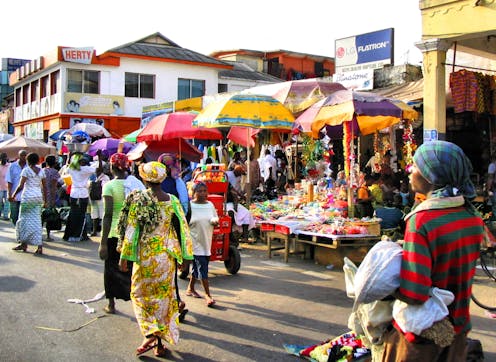
Polio is a disease that struck fear into the hearts of parents just a generation ago.
Poliomyelitis, known as polio, is a viral illness which spreads through faeces and respiratory secretions. Polio causes sudden onset of weakness, often permanent paralysis, in otherwise healthy individuals. One arm or leg can become useless, or the whole body from the neck down can be paralysed. Often multiple children in the same household would die of the disease, with survivors left in wheelchairs. South Africa still had polio cases well into the 1980’s, with the last case of wild poliovirus in 1989.
The Global Polio Eradication Initiative has not gone according to plan. The first eradication target date of 2000 was missed. 2018 is the latest target that we are about to miss. This is due to hard-to-reach areas of instability, unrest and fundamentalism in Nigeria, Pakistan and Afghanistan where it’s a struggle to achieve the high vaccination coverage required to eliminate the disease. Health workers in these areas risk their lives to conduct vaccination programmes amid hostile communities.
Unfortunately, pockets of polio transmission provide reservoirs for resurgence at any time, with even one traveller able to bring polio back to a polio-free country.
Polio is targeted to be the second human disease ever eradicated through vaccination. Smallpox was the first success story in 1974. Other diseases, like measles, wait in the wings to be selected for third place. Eradication initiatives are too labour intensive for the world to commit to more than one at any given time.
In South Africa, the National Institute for Communicable Diseases investigates every child with sudden neurological weakness for polio – processing hundreds of samples from South African children annually, despite not having a wild polio case for almost thirty years. Such a situation is unsustainable for more than one disease at a time.
The poliovirus has biological characteristics which have proven harder to combat than smallpox. Polio is a tough and hardy organism that can survive in the environment even when not carried by a human host. It’s stealthy, and can infect a hundred individuals silently before resulting in even one case of paralysis. This makes it difficult to trace and contain.
The big successes
Despite the setbacks, triumphs of the programme have been notable. Globally, polio caused more than 350 000 cases of paralysis in 1988 when the global polio eradication initiative was launched. In comparison, in 2017, there were only 21 people paralysed by wild poliovirus. Of three viral strains, poliovirus type 2 has been eradicated, with wild poliovirus types 1 and 3 remaining.
But it’s too early to celebrate. Hotspots of wild poliovirus and related strains remain detectable. For this reason, a global public health emergency of international concern was declared for polio in 2014, the same level of threat given to the Ebola crisis the same year.
Ebola eclipsed polio in public perception. Despite the fear that strikes parents when hearing of Ebola, we have forgotten the potential devastation wreaked by polio. Unlike the gusto with which novel Ebola vaccines were embraced for Ebola epidemics, vaccination for polio has become “bread and butter”. Mothers take their children for vaccination with a sense of duty and purpose, hardly realising that they are participating in the largest social movement in the history of mankind.
Vaccination is a powerful example of social change; demonstrating impact of purpose united across geography and sustained through multiple generations. Every caregiver is participating in the most ambitious social endeavour in human history – to systematically eradicate dreaded diseases through immunisation.
What happens to the diseases waiting in the wings if the polio programme fails?
Cynics will ask if the smallpox success was merely a lucky break. Critics will query whether systematic disease eradication is an attainable human goal. The global polio eradication initiative comprises billions of dollars, hundreds of millions of children, millions of health workers and 30 years of work in hundreds of countries. We have gone too far to go back. It has been said that the global polio eradication initiative will be either a spectacular success or a spectacular failure.
Failure is unthinkable.

Dr Suchard discloses having received funding, administered through her university, for speaker honoraria and consultancy work from Aspen GSK, Prepex Circ Med Tech ltd and Paediatric Management Group. She has administered conference funding sponsored by Sanofi Pasteur and been a sponsored delegate to Vaccinology congresses. As part of her responsibilities at the National Institute for Communicable Diseases, she engages regularly with the World Health Organisation and the National Department of heath regarding issues related to the Expanded Programme on Immunization and is a member of the National Advisory Group on Immunization..





































